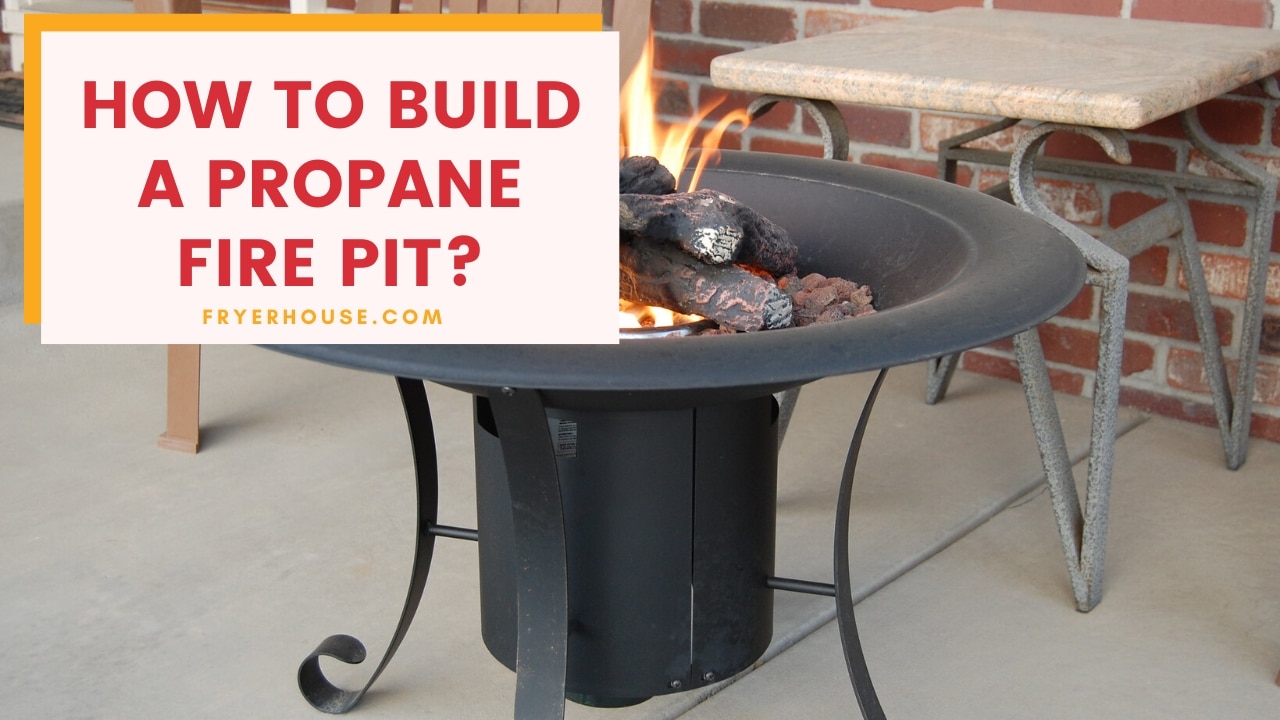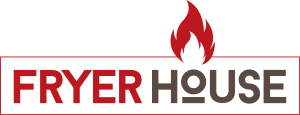
Have you been longing for a propane fire pit but cannot afford professional installation? Why not let’s walk you through on how to build a propane fire pit by yourself? This is exactly why we wrote this article.
It is meant to inform people who are aspiring to have a propane fire pit in their homes. In addition to building a fire pit, we have also provided detailed answers to some of the frequently asked questions about propane fire pits.
So, this article goes further to explain how much propane you need to run your fire pit. We must let you know that a propane fire pit can burn for as long as you want if there’s a steady supply of propane.
We also talked about the size of the regulator that you need. This is because the regulator also plays an important role in giving you a great user experience.
You will agree that propane has its dangerous side, as well. It is highly combustible, and if you turn it on when there is a leakage, things can quickly get out of hand.
Don’t let that scare you off. We have seen several homeowners that have been using their propane fire pit for decades, and they have never had any fire incidents. It all boils down to the application of necessary safety tips.
We gathered several safety tips from them, and we have discussed the tips below. You should arm yourself with the tips and also share them. Another topic that has been treated in this article is how to maintain your propane fire pit to make it last for so long.
Finally, as our final word, we listed all the topics that were treated. So, if this introduction sounds good, sit back, buckle up, and enjoy the ride all to the end.
How to Build a Propane Fire Pit?
As mentioned earlier, we are going to give you the steps involved in building a fire pit that will run on propane.
Step 1:
Determine the best location for your fire pit. Remember, it has to be at least 5 feet away from any structure. It should not be near any tree. The wind can blow dried leaves from trees into the fire pit if a tree is too near.
Also, it is better to find out from your local authorities if a fire pit is allowed. If it is, you should delve into all the rules and regulations guiding fire pits in your community. We don’t want you to be on the wrong side of the law.
Step 2:
Dig the circle on which your proposed fire pit will stand. While you can dig it alone, we will advise you to seek a couple of hands to avoid burnout.
Step 3:
Determine the location of your propane tank. It should not be close to the fire pit. This is because heat can make a propane tank explode. At the same time, it should not be close to any residential structure.
Step 4:
Dig the route that will link the propane tank to the fire pit. This route is where you will pass the pipe. After that, you must measure its length to know the length of the pipe to purchase.
Step 5:
Go and purchase a burner, a pipe, a propane regulator, and a propane tank along with propane.
Step 6:
Run the pipe and fix the regulator. Connect the burner to the pipe and check for leakages before you open the valve and light the burner to test it. If you are satisfied with its flame, you can switch it off and move to the next step.
Step 7:
Begin to build the fire pit by arranging the bricks, blocks, or pavers, depending on your chosen materials.
Step 8:
After that, you can install a steel ring inside the fire pit.
Step 9:
This step is optional. You can add either lava rocks or fire glass. However, it is not mandatory, but we encourage the use of lava rocks because they have some benefits.
How Much Propane Does a Fire Pit Use?
There are several factors that determine the amount of propane a fire pit will use. First, you must consider the heat intensity. Using it on low heat will make it consume less propane. Here is a simple formula that will guide you.
Consumption = firing rate/heat content
To get the rate of consumption of your fire pit, you have to divide its firing rate by its heat content. On average, a pound of propane will give 21,500 BTU. If your fire pit has a rate of 50,000 BTU per hours, its consumption rate will be:
Consumption = Firing Rate / Heat Content
Consumption= 50,000 / 21,500
Consumption= 2.33 Lbs / Hr.
We used our propane fire pit on low heat for three straight nights, and its 20-pound capacity tank was almost empty after the third night. If we had left it on high heat, we might have emptied the tank.
So, we will advise you to use low or medium heat more often to save costs on propane. Also, propane tanks come in different capacities, but the stand tank for a fire pit is the 20-pound capacity tank.
What Size of Regulator is for Propane Fire Pit?
If you are tapping your propane from a larger tank, like a 500-pound capacity tank, you don’t need a regulator. This is because the propane has been regulated from the source.
On the other hand, if you are using the standard 20-pound capacity tank as most people do, you need a ½ PSI regulator. This will help you regulate the pressure of the propane coming out of your tank.
Safety Tips for a Propane Fire Pit
1. Use a Screen
It is important that you use a screen or spark guard to prevent embers from flying around whenever the fire pit is in use.
2. Don’t add any Combustible Object
A propane fire pit does not need any gasoline or combustible objects to burn. It can burn satisfactorily on its own. Adding any other object will jeopardize its performance.
3. Cut off Propane Supply When Things go Wrong
If the fire gets out of control, the first step is to cut off the supply of propane through its valve. This will weaken the fire to an extent before you now look for a way to extinguish the fire.
4. De-Clutter its Surrounding
Remove all the objects around the fire pit. If a piece of ember lands on any object, it could ignite a fire and turn it into a huge fire, so your fire pit should not be surrounded by objects at all.
5. Check for Leaks Before use
You must check for leaks before igniting the fire pit all the time. You never can tell, your pipe may be ruptured. So, before you light your fire pit, wait for a couple of minutes after opening the valve.
6. Clean Burners and Pipes
When you use the fire pit several times, it is possible for gas to build up in the burners and pipes. So, clean them regularly. A blocked burner or pipe can be dangerous.
If you have not used your burner in a long time, insects may have nested in them. So, you must clean both burners and pipes before you light the fire pit.
7. Select a Safe Spot
After you decide on where to build your fire pit, you must confirm that there is no underground pipe in that area because continuous heat could damage the pipe. Your fire pit should also be located at a safe distance from electric wires too.
How to Maintain a Propane Fire Pit?
Your fire pit will be subjected to serious heat for several years, so you must select high-quality materials for the pit. If not, your fire pit will not last as long as it should last. Make sure that you buy high-quality burners, pipes, and regulators.
Subject your burners, valves, and pipes to regular inspections for blockage. When any of the fixtures is blocked, it will reduce the performance of the propane fire pit. In fact, the fire will no longer burn efficiently.
So, you must hire an expert to inspect the fixtures at least once in a year or more often if you use your fire pit regularly. Whenever your fire pit is not in use, you should always cover it up.
This will shield it from rainfall, long exposure to the sun, and other harsh weather conditions. In fact, the wind can also blow some debris into it if it is not covered. Most of all, you need to clear out its debris before use.
Final Word
In this article, we have given necessary information on how to build a propane fire pit, how to estimate the amount of propane your fire pit will use, and safety tips.
Also, we have given tips on how to maintain your propane fire pit. Thank you for taking the time to read the article, and don’t forget to share it.
- Make These 10 Delicious Appetizers in Your Air Fryer - September 22, 2023
- How to Cook Lamb Shoulder Chops in Air Fryer? - September 13, 2023
- How to Cook Crinkle Fries in Air Fryer? - September 13, 2023
